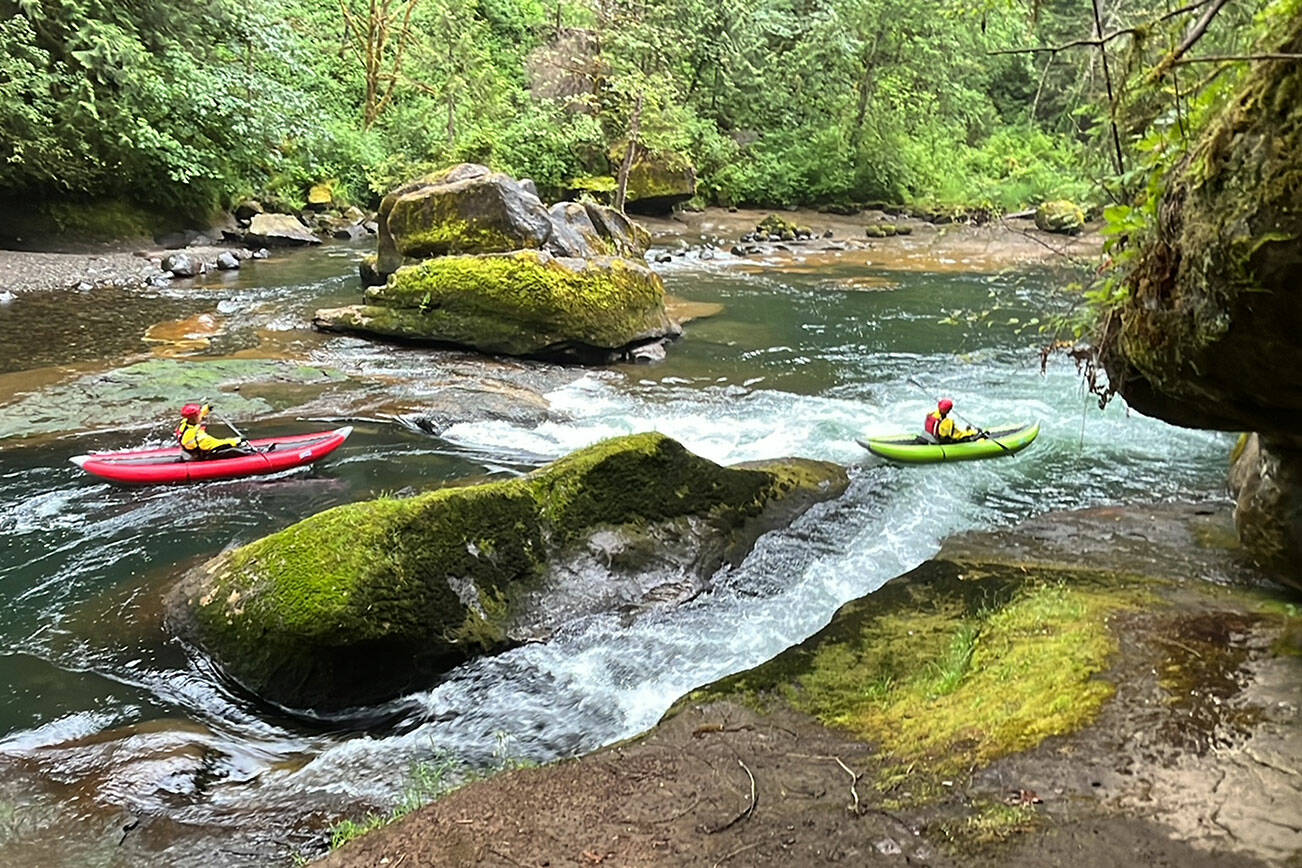As the Pacific Northwest reaches late May, western Washington is hitting some of its finest outdoor weather of the year.
This time of year, families are itching to play outside, hike or spend a day on the water to cool off.
Unfortunately, there’s a morbid aspect to this time of year. It’s also when cities and counties across western Washington tend to see an uptick in accidental deaths from people trying to swim at local creeks and rivers.
Warm, sunny weather can create a false sense of security for swimmers and boaters, according to the weather service. But rivers this time of year run very high, very fast, and extremely cold.
Take it from the small army of local fire departments who plead with summer revelers every spring to be cautious on the water.
“We are begging everyone to choose a lake or pool to swim at and NOT the local rivers,” the Enumclaw Fire Department posted May 12 on Facebook.
“Every year, around this time, we respond to rescues that often end as tragic fatalities due to the treacherous conditions found when swimming in rivers,” the fire department said. “Rivers are VERY dangerous in the Spring, here in the Pacific Northwest, even for the strongest swimmers! The water runs high and fast and is extremely cold! Log jams and debris can cause ‘strainers’ that can pull swimmers under or trap them.”
Cold water drains body heat up to four times faster than cold air, according to the Weather Service, and “cold shock” from plunging into cold water creates a greater risk of drowning even for confident swimmers in calm waters. The risk only increases in rougher, debris-filled waters and for less experienced swimmers. Once you have lost muscle strength and coordination from cold water, it gets even harder to navigate to safety in choppy waters.
“Please be very cautious this weekend, wear a life jacket, keep an eye on your children at all times, and do not over estimate your ability to swim and safely exit the water,” South King Fire and Rescue said May 12 on Facebook.
There are plenty of ways to stay safe and still get your swimming in, like a lake or pool with lifeguards. Life jackets are highly affordable options for anyone on the water. Wet or dry suits are also a good investment for swimming in less-than-warm water.
If you find yourself in an emergency on the water, follow this advice from the U.S. Coast Guard:
• Stay calm.
• Get out of the water ASAP, using floating objects if possible. In the meantime, keep as much of your body out of the water as possible.
• Evaluate your options. If you can swim to safety, stay calm and do so. If you can’t, conserve energy and heat and await rescue.
• The “Heat Escape Lessening Position” (HELP) slows down the loss of heat from your body in water: Draw your knees to your chin and keep your legs together, and press both arms against your side, keeping your head out of the water. If in a group, form a huddle to conserve heat.
To treat yourself or someone who was submerged in cold water:
• Call 911.
• Gently move the person somewhere warm.
• Monitor their breathing and circulation, and give rescue breathing or CPR if needed.
• Remove wet clothing and dry them off.
• Warm them slowly by wrapping blankets around them or putting on dry clothing. You can also use hot water bottles or chemical hot packs; just wrap them in a towel or blanket first.
• DO NOT warm them too quickly or immerse them in warm water, which could increase the risk of heart arrhythmia.
• Warm the core first, not the extremities. Warming hands and feet first can cause shock.



